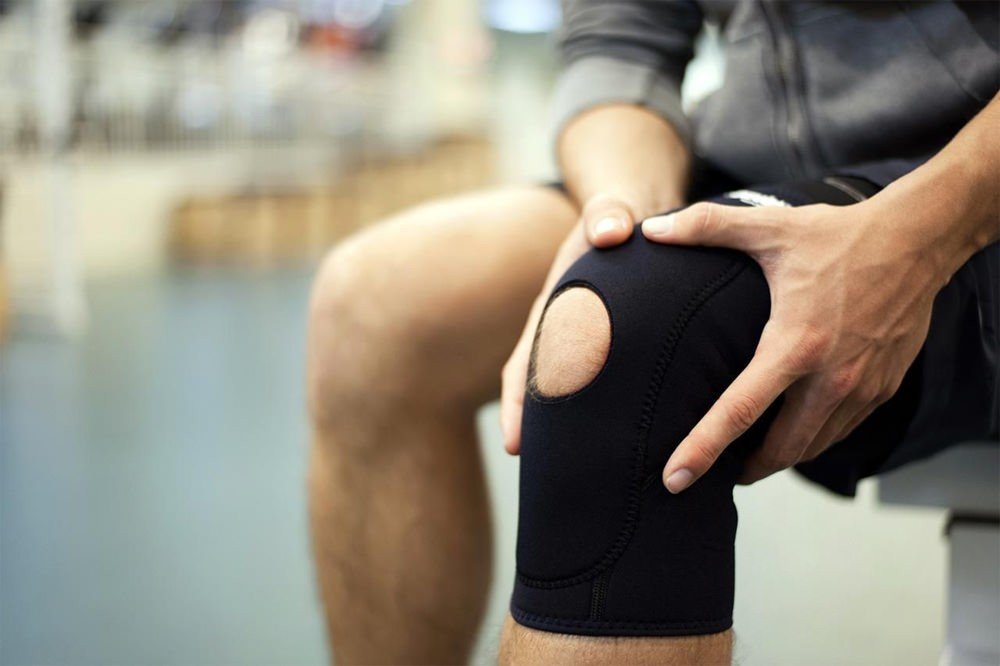PRP Injection Knee Treatments Can Relieve Arthritis Pain

There’s a new method of osteoarthritis treatment now available on the market, and it’s known as PRP for osteoarthritis. Typical treatments for osteoarthritis pain in the past have included exercise and weight management, use of braces and external pressure support devices, non-steroidal anti-inflammatories, pain relievers, and cortisone shots. Recently, a new method of treatment and pain management known…
There’s a new method of osteoarthritis treatment now available on the market, and it’s known as PRP for osteoarthritis. Typical treatments for osteoarthritis pain in the past have included exercise and weight management, use of braces and external pressure support devices, non-steroidal anti-inflammatories, pain relievers, and cortisone shots.
Recently, a new method of treatment and pain management known as PRP injection knee therapy has offered patients and doctors other alternatives. If you are experiencing the discomfort of osteoarthritis pain in your knee, this new treatment method may be an option for you.
What is Osteoarthritis of the Knee?
Before we dive into what PRP treatment is, it’s important to know what osteoarthritis is and how it can affect you. Osteoarthritis is a condition caused by the wear and tear of joints. The natural cushioning between joints, known as cartilage, slowly fades away and causes the bones to rub against each other without the cartilage to absorb some of the shock. This can cause pain, inflammation, swelling, stiffness, and many other major issues with your bones.
Osteoarthritis of the knee most commonly plagues elderly patients but can affect younger patients as well. Osteoarthritis may be hereditary or may be a natural inclination of your body if you are overactive or overweight – both of which result in increased strain on your bones and joints.
What is PRP Therapy?
PRP is platelet-rich plasma. This plasma is naturally produced in your blood and helps your body maintain many of its regular healthy processes. Using it in the form of a PRP treatment can have numerous benefits, including promoting growth in arthritic cartilage and enhancing the body’s natural healing ability.
The PRP procedure involves taking blood out of the patient, spinning it until it is highly concentrated with platelets, and injecting those concentrating platelets into the knee. The procedure typically takes 30 minutes, and two to three days of soreness may follow after the injections.
Typical PRP knee injection recovery time is a few days, and pain relief typically begins to occur within three to four weeks from treatment and continues improving for a few months afterward.
How Can A PRP Injection Knee Treatment Help My Osteoarthritis?
Platelet-rich plasma can have multiple benefits for osteoarthritis of the knee. Along with improving growth in arthritic cartilage, the PRP for osteoarthritis can:
- Reduce pain and inflammation caused by osteoarthritis: The PRP injection knee treatment can help reduce pain and inflammation that is caused by osteoarthritis and other bone issues by lessening the overall stress on your joints.
- Activate stem cells and increase growth and repair of damaged tissue: PRP injection treatments have been shown to activate stem cells and increase growth and repair of damaged tissue. The PRP procedure involves the use of concentrated platelets, which have been known to improve overall functions and processes in the body.
- Slow progression of osteoarthritis while improving current discomfort: PRP can also improve discomfort caused by osteoarthritis. A study conducted by the Hospital for Special Surgery in New York also showed that PRP injection knee treatments improved overall pain and knee function in up to 73% of patients and slowed the progression of osteoarthritis.
Talk To Your Doctor About PRP for osteoarthritis Treatments
While the use of PRP injection knee treatments has been shown to have positive results in the majority of patients, it’s important to know that different variables such as the amount of PRP used in treatment, concentration of PRP, and frequency of injections, can affect the overall results. That’s why it’s important to seek treatment from a recognized, qualified professional in PRP therapy.
For more information about how PRP treatment might help your osteoarthritis, contact us today.
References:
Platelet-rich Plasma (PRP) Treatment Shows Potential for Knee Osteoarthritis
Osteoarthritis of the Knee (Degenerative Arthritis of the Knee)